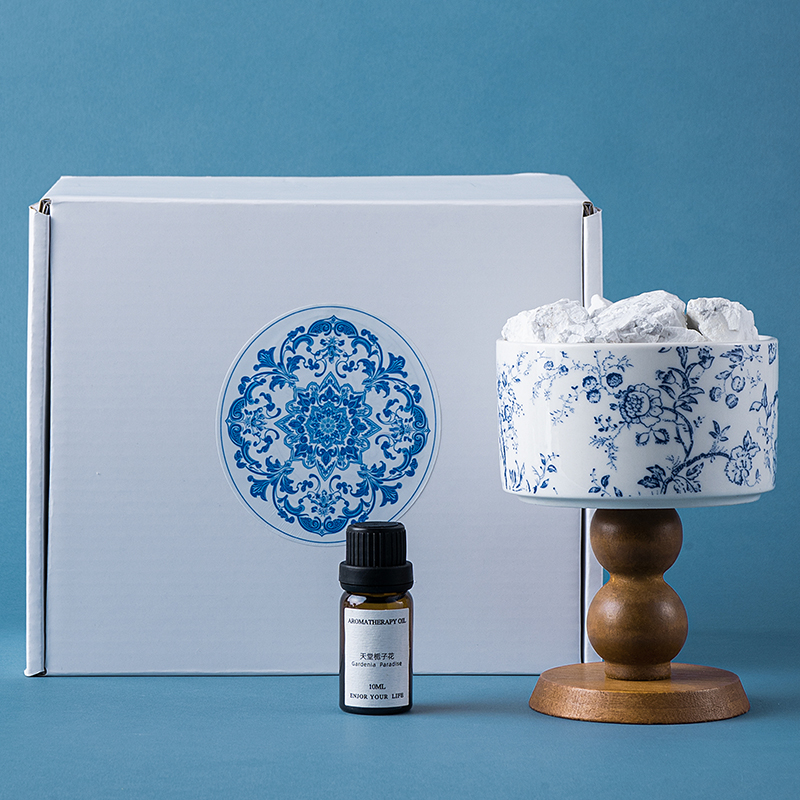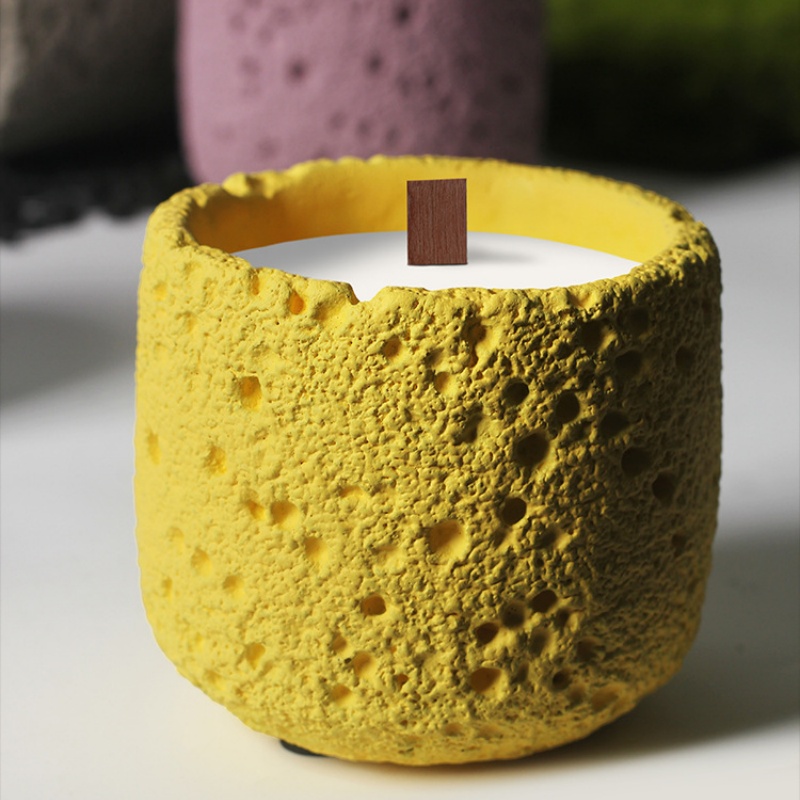Oriental Culture and Creativity Inspired Fragrance Journey | ScentSerenade
Unlocking the Magic of Essential Oil Diffusers: Simple Tips for Maximum Bliss
(Operating an Essential Oil Diffuser: Best Practices)
Imagine coming home after a long day. You kick off your shoes, slump onto the couch, and flick on your essential oil diffuser. Within minutes, the room fills with whispers of lavender or a citrusy spark of orange. But here’s the thing: that little gadget isn’t just a fancy air freshener. To make it work like a charm, you need to know the basics. Let’s break it down without the jargon.
First, pick the right diffuser for your space. Big rooms need bigger machines. Small ones work fine for a bedside table or office desk. Ultrasonic diffusers are quiet and double as humidifiers. Nebulizing diffusers pack a stronger scent punch but can be noisy. Think about what matters most—peace and quiet or bold aromas? Your call.
Placement matters. Don’t hide your diffuser in a corner or stuff it behind books. It needs open air to spread those lovely smells. Keep it away from sunlight or heat vents. Heat can break down the oils faster. Also, keep it out of reach of kids or pets. Curious hands and paws might knock it over.
Water is your diffuser’s best friend. Always use room-temperature water. Hot water can crack the tank. Cold water might not mix well with oils. Fill it up to the line marked inside—no guessing. Too much water and it’ll spill. Too little and the mist won’t form right.
Now, the oils. Quality beats quantity every time. Cheap oils might smell nice at first, but they often have fillers or synthetic stuff. Pure oils cost more, but a few drops go a long way. Start with three to five drops. You can add more later if needed. Mixing scents? Go slow. Peppermint and eucalyptus sound refreshing, but together they might overwhelm your nose. Test blends in small batches first.
Timing is key. Most diffusers let you set intervals—like 30 minutes on, 30 off. Use this feature. Nonstop diffusing can make the air too heavy. Your nose might even stop noticing the scent. Short bursts keep the aroma fresh without wasting oil. Plus, it gives the machine a break.
Cleaning is boring but non-negotiable. Oils leave residue. If you don’t wipe the tank daily, gunk builds up. Use a soft cloth and mild soap. For stubborn stains, a mix of water and white vinegar works. Rinse thoroughly. Leftover vinegar smell? Not exactly relaxing.
Safety stuff. Never leave a diffuser running overnight or when you’re out. Unplug it when not in use. Check the manual for specifics—some models hate certain oils. Thick oils like sandalwood or vanilla can clog the vents. Dilute them with lighter oils like lemon or bergamot.
Diffuser not misting? Check the water level. Still broken? Maybe minerals from tap water gunked up the mechanism. Try distilled water next time. Still no luck? Time for a new one. These gadgets aren’t forever.
Last tip: rotate your oils. Using the same scent daily can dull your sensitivity. Switch it up. Citrus in the morning for energy, floral in the afternoon to unwind, woodsy scents for cozy evenings. Your nose will thank you.
(Operating an Essential Oil Diffuser: Best Practices)
And there you go. No magic spells required—just a bit of know-how. Your diffuser isn’t just a pretty gadget. Treat it right, and it’ll turn your space into a personal oasis, one fragrant mist at a time.



